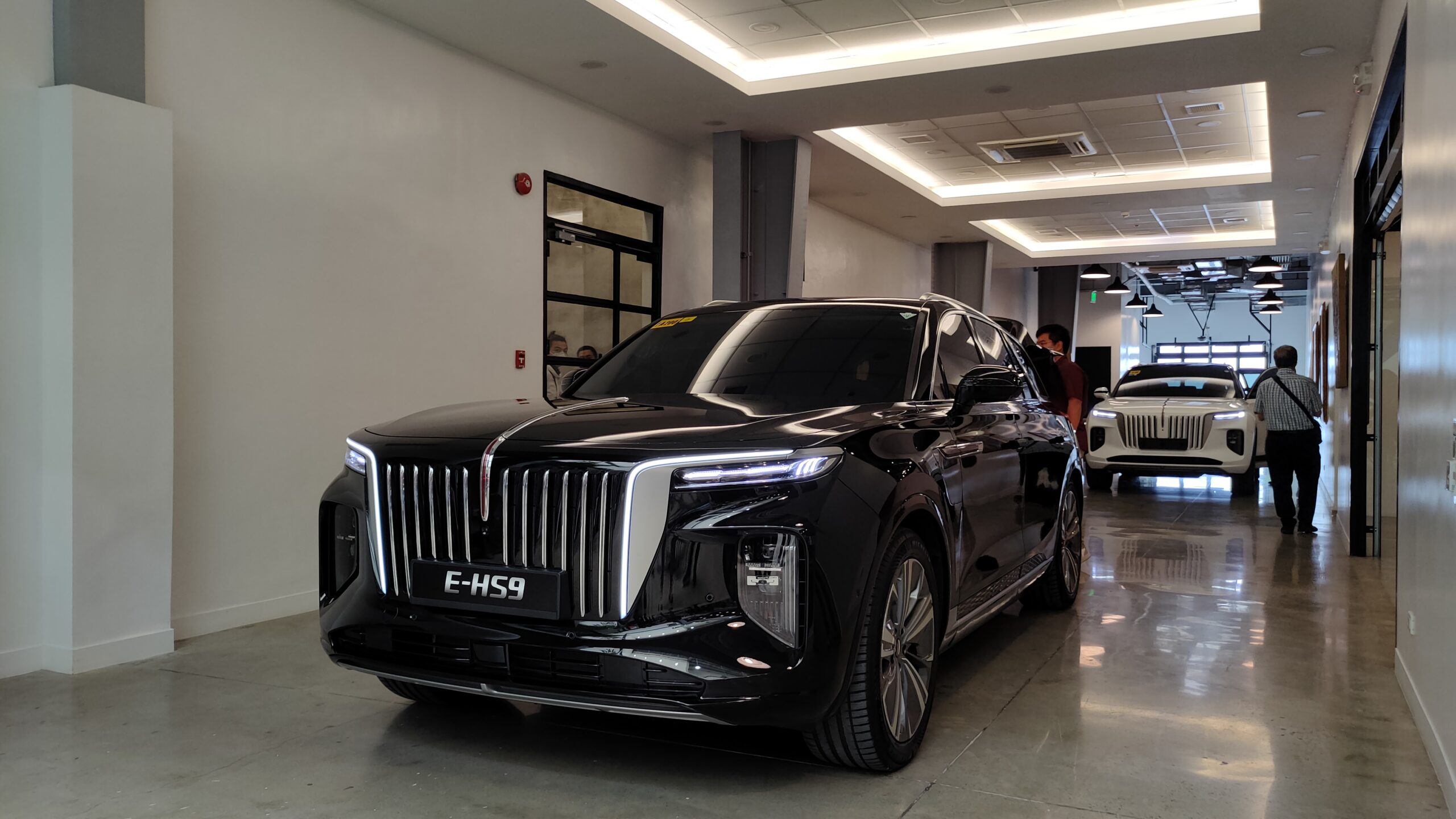The China Factor: Why Luxury Car Brands Face Difficulties In The Chinese Market

Table of Contents
Intense Domestic Competition
The Chinese automotive landscape is fiercely competitive, particularly in the luxury segment. International brands face a two-pronged challenge: the rise of powerful domestic brands and aggressive pricing strategies.
Rise of Domestic Brands
Chinese automakers are rapidly gaining ground, investing heavily in research and development to produce high-quality, technologically advanced vehicles. This increased competition directly impacts the market share of established international players.
- Increased investment in R&D and technology: Domestic brands are leveraging technological advancements, including electric vehicle (EV) technologies and advanced driver-assistance systems (ADAS), to compete effectively.
- Growing consumer preference for domestically produced vehicles: National pride and a perception of better value for money are driving increased consumer preference for Chinese brands. This is especially true amongst younger demographics.
- Examples of successful Chinese luxury brands: Brands like Hongqi, BYD's premium line, and Nio are successfully challenging established luxury car brands, capturing significant market share and demonstrating the strength of domestic competition. Their success highlights the need for international brands to innovate and adapt.
Aggressive Pricing Strategies
Domestic brands frequently engage in aggressive pricing strategies, including significant discounting and price wars. This tactic significantly impacts the profitability of international luxury brands accustomed to higher profit margins.
- Price wars and discounting strategies: Intense competition necessitates price adjustments, reducing margins and forcing international brands to reconsider their pricing strategies.
- The impact of price sensitivity among Chinese consumers: While luxury is valued, price sensitivity remains a factor, especially amongst price-conscious consumers.
- The challenge of maintaining brand prestige while competing on price: Maintaining brand exclusivity and prestige while navigating competitive pricing is a delicate balancing act. International brands must find ways to differentiate themselves beyond price alone.
Understanding Unique Consumer Preferences
Successfully marketing luxury cars in China demands a deep understanding of the cultural nuances and unique consumer preferences that shape purchasing decisions. A Western-centric approach is unlikely to succeed.
Cultural Nuances and Brand Perception
Luxury brand perception in China differs substantially from Western markets. "Face" (mianzi), social status, and gifting traditions significantly influence purchasing behavior.
- The importance of "face" (mianzi) in Chinese culture: Luxury car purchases often reflect social standing and contribute to "face," making brand image and prestige paramount.
- The preference for specific car features and functionalities: Chinese consumers may prioritize features not necessarily emphasized in Western markets, such as spacious interiors, specific technological features, and fuel efficiency.
- The role of social media and online reviews: Social media platforms like WeChat and Weibo are crucial for shaping brand perception and influencing purchasing decisions. Online reviews and influencer marketing play a vital role.
Digitalization and E-commerce
China's highly digitalized market necessitates a strong online presence and a sophisticated e-commerce strategy. Ignoring digital channels is a recipe for failure.
- The dominance of online marketplaces and social media platforms: Consumers extensively research and purchase vehicles online, highlighting the need for a robust digital strategy.
- The need for localized digital marketing campaigns: Marketing efforts must resonate with Chinese cultural preferences and utilize platforms popular with Chinese consumers.
- The growing importance of online customer service and support: Providing prompt and effective online customer service is essential for building trust and loyalty.
Regulatory Hurdles and Infrastructure
Navigating the regulatory environment and addressing infrastructural challenges are further obstacles for luxury car brands operating in China.
Import Tariffs and Taxes
High import tariffs and taxes significantly increase the cost of imported luxury vehicles, impacting affordability and competitiveness.
- The impact of government policies on pricing and profitability: Government regulations directly affect pricing and profitability, requiring brands to adapt their strategies.
- Strategies for mitigating the effects of import tariffs: Exploring strategies like local production or strategic partnerships can help mitigate the impact of tariffs.
- The potential for negotiating favorable trade agreements: Negotiating favorable trade agreements with the Chinese government could help reduce the burden of import taxes.
Infrastructure Challenges
Inadequate charging infrastructure for electric vehicles (EVs) presents a significant hurdle for luxury EV brands aiming to penetrate the Chinese market.
- The need for significant investment in charging infrastructure: Expansion of charging infrastructure is crucial for wider EV adoption and acceptance.
- The challenges of navigating varying regional regulations and standards: Different regions may have varying regulations and standards, creating complexity for EV brands.
- The importance of partnerships with local infrastructure providers: Collaborating with local infrastructure providers can help overcome these challenges and accelerate EV adoption.
Conclusion
Successfully navigating the Chinese luxury car market requires a deep understanding of the "China factor." This involves acknowledging the intense domestic competition, adapting to unique consumer preferences, and navigating regulatory hurdles and infrastructural challenges. By recognizing and addressing these key difficulties, international luxury car brands can significantly improve their chances of achieving sustainable success in this crucial market. To learn more about optimizing your luxury car brand's strategy for the Chinese market, explore further resources on navigating the complexities of the China factor and its impact on luxury automotive sales.

Featured Posts
-
 Supreme Court Decision Lees Presidential Candidacy In Jeopardy After Acquittal Reversal
May 03, 2025
Supreme Court Decision Lees Presidential Candidacy In Jeopardy After Acquittal Reversal
May 03, 2025 -
 Lotto 6aus49 Ergebnisse Und Gewinnzahlen Vom 12 April 2025
May 03, 2025
Lotto 6aus49 Ergebnisse Und Gewinnzahlen Vom 12 April 2025
May 03, 2025 -
 Manchester United Fan Poppy Family Shares Devastating Tribute
May 03, 2025
Manchester United Fan Poppy Family Shares Devastating Tribute
May 03, 2025 -
 Hidden Gem Alert 2024s Underrated Game Lands On Ps Plus
May 03, 2025
Hidden Gem Alert 2024s Underrated Game Lands On Ps Plus
May 03, 2025 -
 The Urgent Mental Health Needs Of Young People In Canada A Global Commissions Lessons
May 03, 2025
The Urgent Mental Health Needs Of Young People In Canada A Global Commissions Lessons
May 03, 2025
